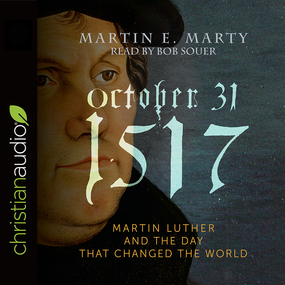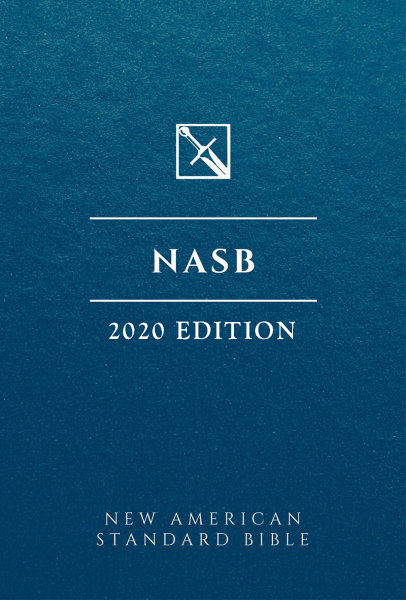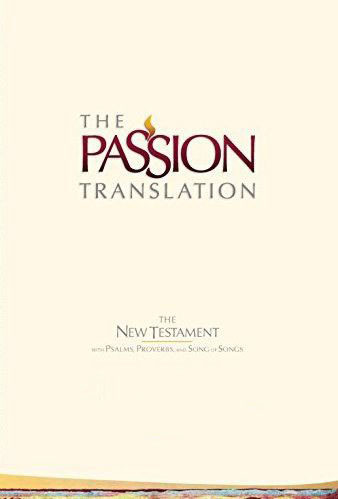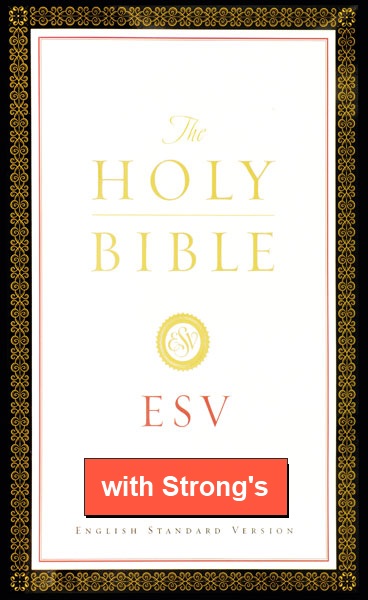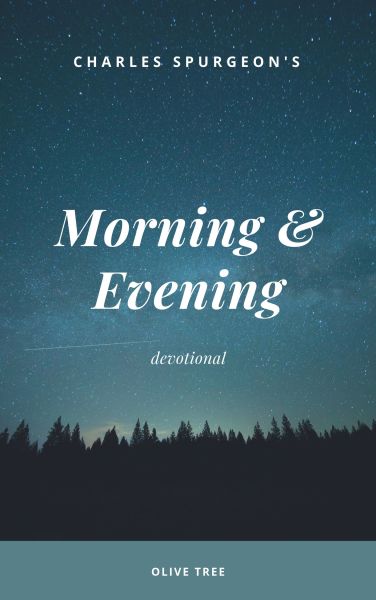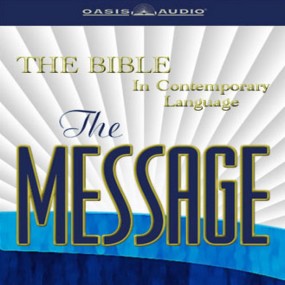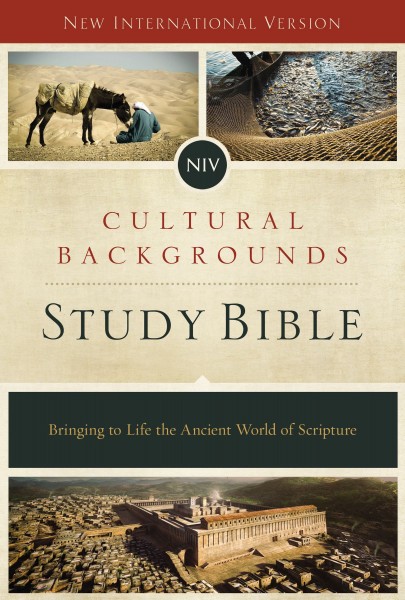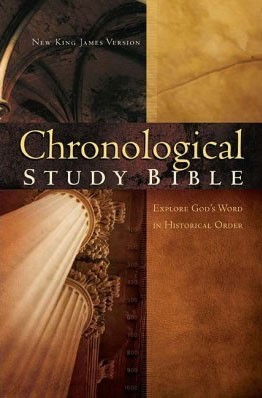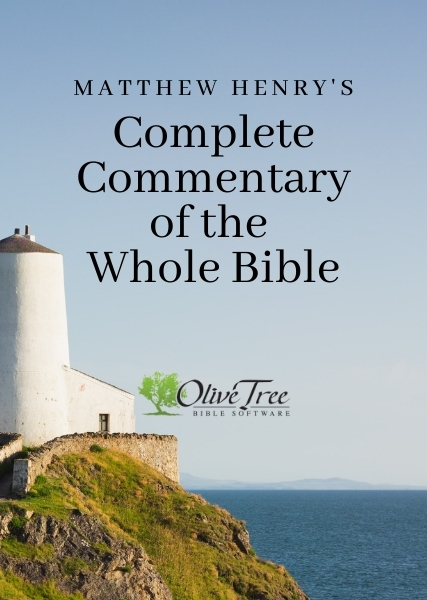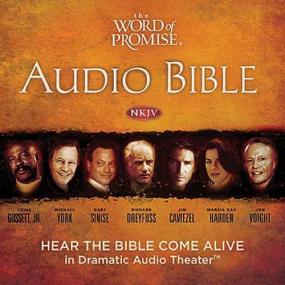



Enter ye in at the narrow gate.—Matthew 7:13
In Around the Wicket Gate, preacher, writer, and theologian C. H. Spurgeon discusses human salvation.
Borrowing from John Bunyan's masterful allegory The Pilgrim's Progress, Spurgeon begins with the image of the Wicket Gate, the entry point to the straight and narrow way that all pilgrims must follow to reach the Celestial City. While everyone on the road to salvation must eventually pass by this way, Spurgeon does not concern himself, in this particular work, with the millions of people "who are in the outlying regions, far off from God and peace." Instead, he focuses on "a smaller company, who are not far from the kingdom, but have come right up to the wicket gate which stands at the head of the way of life." These people are very, very close to the path of salvation—but for some reason, they do not enter the gate! Throughout this book, Spurgeon explores why.
In his clear, simple, and persuasive prose, filled with colorful descriptions and concrete examples of both the good and the bad of human behavior, Spurgeon demonstrates the importance of affirming faith and seeking salvation in Jesus Christ.
Charles Haddon Spurgeon (1834-1892) converted to Christianity at the age of fifteen. By the age of twenty-two, he was the most popular preacher in England and remained so for the latter half of the 1800s. He frequently spoke to crowds over 10,000 in the days before electronic amplification. Known as the "Prince of Preachers," he delivered nearly thirty-six hundred sermons throughout his life. A prolific writer as well, many of Spurgeon's works remain in print to this day.








